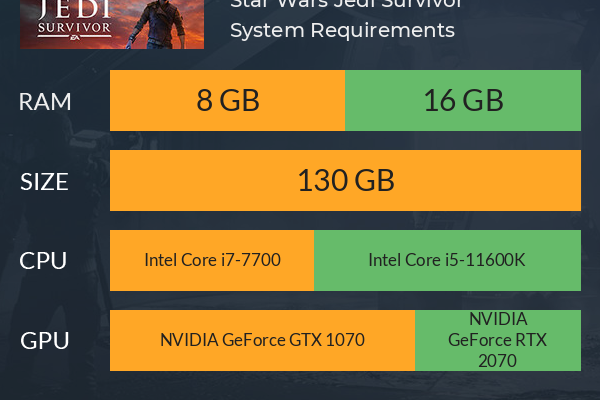What Color Cars Are Cheaper to Insure?

When choosing a new car, factors like price, safety features, and durability typically top the list of things to consider. However, a lesser-known factor that can impact your auto insurance rates is the color of the car itself. So, what color cars are cheaper to insure? Let’s delve into this topic further.
Popular Belief: Red Cars Are More Expensive to Insure
There is a longstanding myth that red cars are more expensive to insure because they are associated with being sporty, fast, and more likely to be stopped by the police for traffic violations. However, this myth has been debunked by both insurance companies and studies on the subject.
The Role of Car Color in Insurance Rates
While it is true that the color of your car might not directly affect your insurance rate, it can play an indirect role due to various reasons:
1. Visibility: Brighter colored cars like yellow and white are easier to see on the road, particularly in low-light conditions such as dusk or heavy rain. This increased visibility may result in fewer accidents compared to darker colored vehicles like black or dark blue, thereby positively impacting insurance rates.
2. Theft Rates: Car theft statistics show that certain colors are more prone to theft than others. For example, silver cars have been found to be targeted more often by thieves due to their neutral tone and resale value. High theft rates could potentially lead to increased insurance premiums for these particular color vehicles.
3. Resale Value: Some car colors have better resale value than others. This can impact how much an insurance company has to pay out in case of a total loss, which may affect insurance premiums.
4. Availability: Certain high-performance vehicles may only come in specific colors (like red), making it difficult for consumers who want a more budget-friendly paint job on their sports car.
What Color Cars Are Generally Cheaper To Insure?
While there’s no specific answer to this question, some general trends can be observed. As mentioned earlier, brighter colored cars such as yellow, white, and orange tend to have better visibility and may be involved in fewer accidents, making them cheaper to insure.
On the other hand, dark-colored automobiles such as black, dark blue, and dark grey may be more prone to accidents due to their low visibility on the roads in certain situations.
Conclusion
Car color may not directly affect your insurance premium, but it can play an indirect role through factors like theft rates and visibility. When selecting a car color for cheaper insurance rates, consider going for brighter options that offer better visibility on the road. However, it’s essential to remember that factors like your driving record, vehicle model, safety features, and location ultimately have a more significant impact on your insurance premiums than car color alone.





